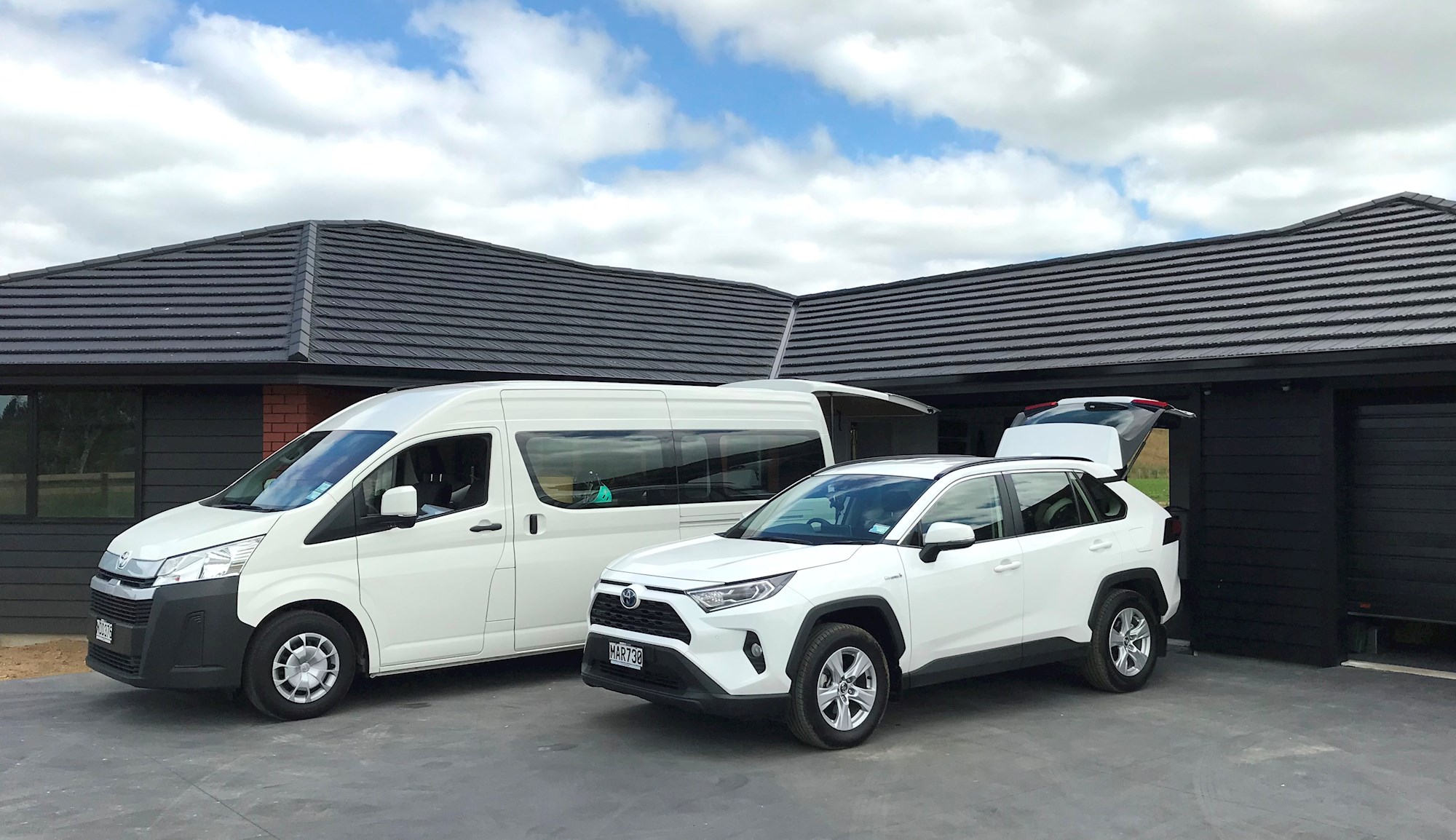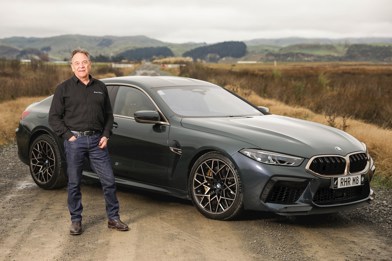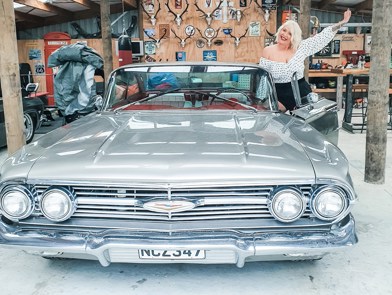Previewed in 1989 and launched in 1994, Toyota’s RAV4 help create the whole genre of SUV before it was even a term or motoring segment. Initially used to describe oversized, over-everything Californian behemoths, the term SUV started to creep into local vernacular in the late-90s/early 2000s, with the likes of Outlander, Forester and of course RAV4 building the wave of popularity that continues 25 years on.
Toyota’s RAV4 was NZ’s best-selling SUV in 2019 and fifth best-selling vehicle outright, behind three utes and Corolla. RAV4 was also best-selling SUV in 2018; and 2017, and 2016; in fact, it’s led the SUV charge all back to 2014 and beyond, when passenger cars like the Swift and Commodore were sales rivals.
So here we are in 2020, and time for DRIVEN to spend a little more time with NZ’s number one SUV, in the wake of RAV4’s choice as People’s Car of the 2019 in our AA DRIVEN NZ Car of the Year awards in December.
Its April 2019 launch introduced a new eight-model range, deleting the diesel option, but introducing three hybrid models that have proven supremely popular, with wait lists as long as six months.
A top-ten outright finalist in our AA COTY programme, its popularity with the people meant it was appropriate that we spend some more time with the RAV4 to see if its shine still lusters after a few months.
Of course we had to choose the hybrid, given it outsells the petrol models around 5:1. Our plan was to start with an entry-level AWD Hybrid GX, then trade up to a top-spec Hybrid Limited.
Having just taken possession of the Glacier White $42,990 Hybrid GX, somewhat unimaginatively nicknamed Casper, first impressions are how immediately comfortable and familiar everything feels. It’s easy to see why it’s so popular with fleets and rentals, though Toyota is intent on raising its 41 percent of private RAV4 sales. Having the full suite of Safety Sense gear certainly helps across the range, including radar cruise control, speed sign recognition and auto emergency braking all part of every model in the RAV4 range. Front and rear sensors, rear cross-traffic alert and blind spot monitor just keep the safety gear flowing, and lane departure alert and auto high beam all package up a very appealing package.
In the early days of our loan, we’re working off first impressions, and while this writer loves the styling and shades of 1980s smooth but angled lines, my wife has a less-impressed opinion of its looks. And across a sample size of a dozen family and friends, its looks appear to divide opinion, but with its wide mouth and polygon theme, I am a fan of Casper. And the choice of nine colours may help sway opinions.
After a couple of Auckland-to-Hamilton runs, I’ve had to check and reset the fuel consumption, because the 5.6l/100km on the dash seemed barely believable – but it quickly settled at the same numbers. For the record, Toyota claims 4.8l/100km combined , which is thrifty, either way.
Just two days into our loan, Casper was straight into work, helping move house alongside a new Hiace van. The RAV4 was our default go-to for transports of all those small to large boxes and bits - and there was plenty of those! Boot space in the hybrid is the same 542L as the previous model, though it is a reduction from 577L of the previous RAV4, it’s still larger than CX-5 and CR-V, and cargo room was never a problem with both rear seats folded.

And it stayed that way for almost two weeks as the Casper and Hiace moved 95 percent of our contents across Hamilton to our new house, the RAV4’s fuel consumption never rising above 6.0l/100km. Being that kind at the pump, we’re off to a very good start. Two weeks down, ten – and a different tests, projects and a model upgrade - to go.





